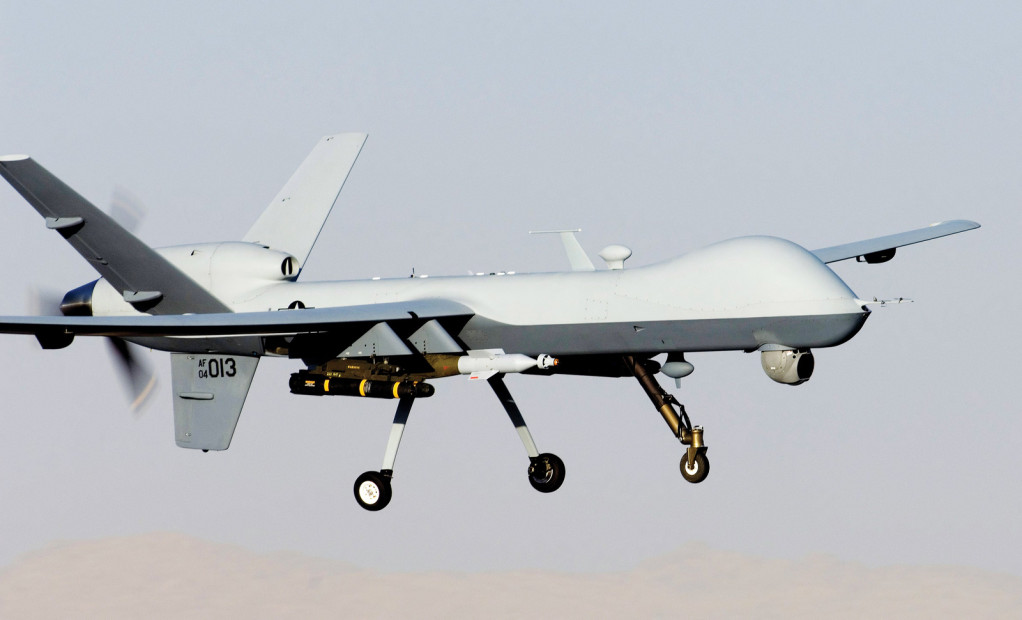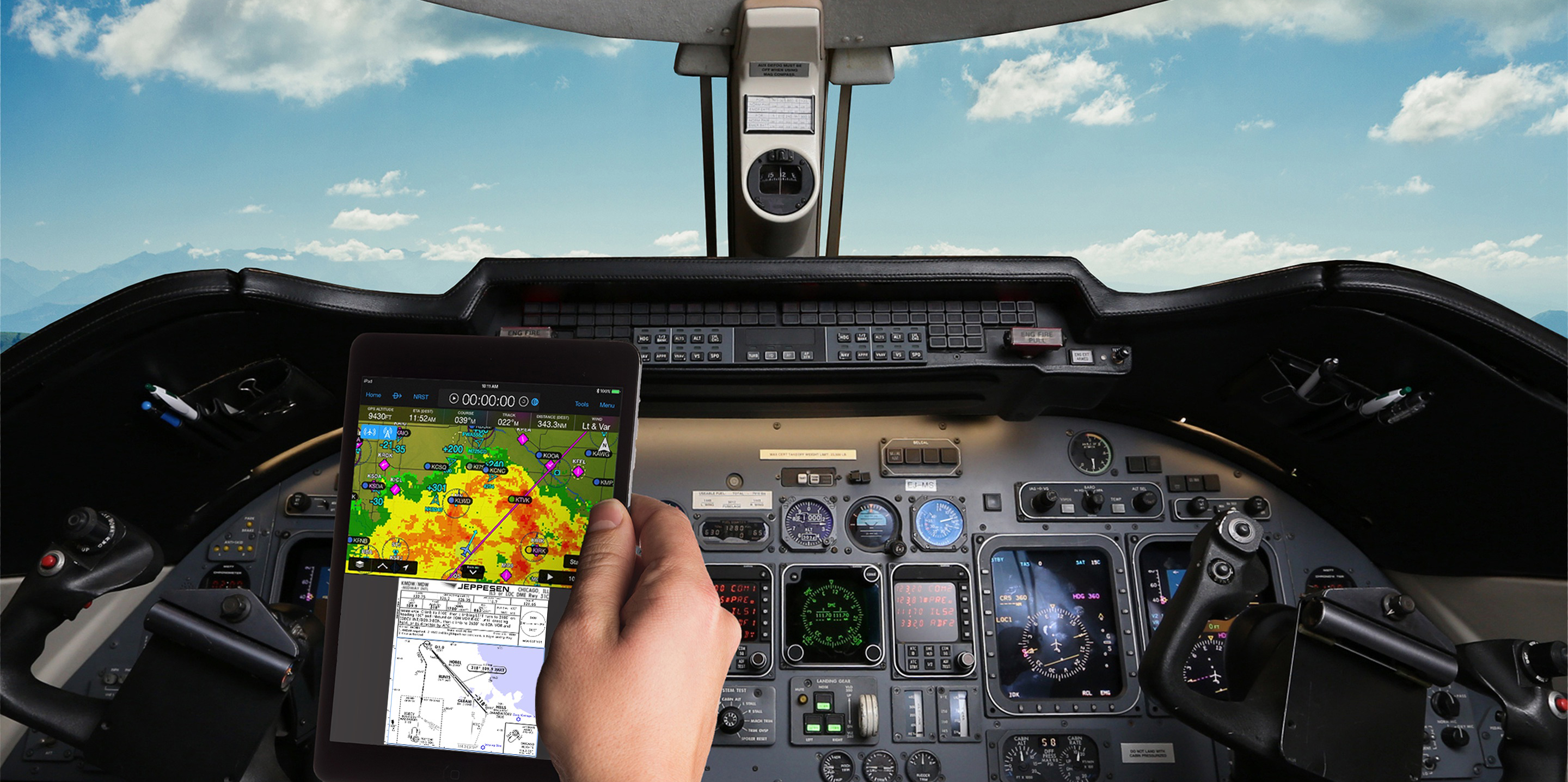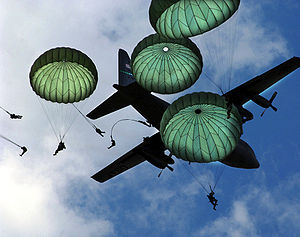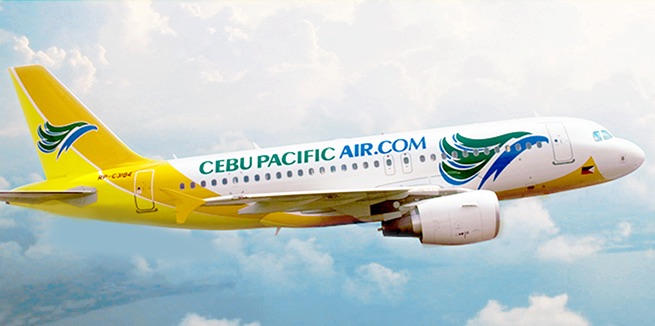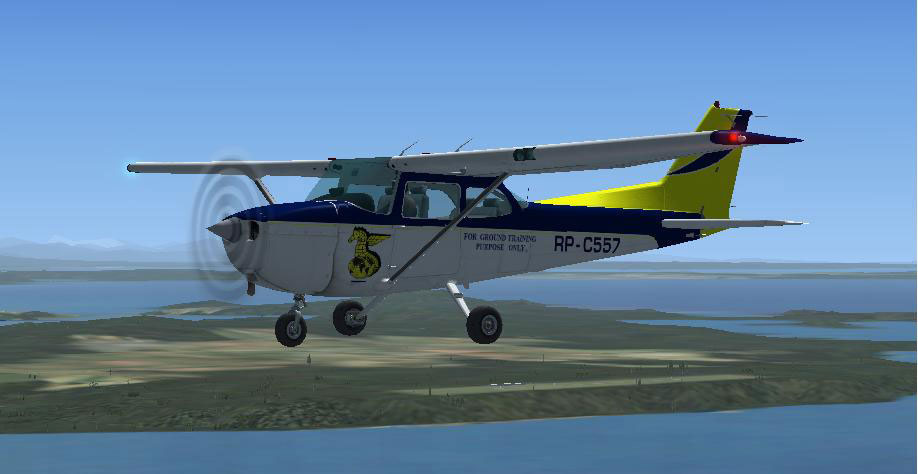This concept started in post war USA when flying Remote Controlled or R/C airplanes became a fad for both young and old alike. They were quite expensive toys in those days mind you.
Image Credit: https://emaze.com
This concept of flying R/C propeller driven aircraft using methanol as its fuel to power its small single piston engine later on evolved into using small fanjet engines to power their R/C jets. Their range and altitude, however, are limited to about a mile and a few hundred feet or so. But I surmise it was fun flying these rich man's "toys" like the real thing from the ground. It took a lot of skill to fly these airplanes. Because of their ability to be remotely flown, american engineers began development of what we call drones or pilotless aircraft or unmanned aerial vehicle (UAV).
Initially used by the US Air Force for target practice of their fighter jets, drones were further refined and developed for aerial surveillance. With much success, these pilotless "eyes in the skies" spy planes were extensively used by the US military during the Iraq and Afghanistan wars which later on led to the killing of Osama bin Laden. While not content with its surveillance role, the US military developed this drones to carry weapons of mass destruction.
I am sure the time will come when fighter aircraft will no longer be piloted by man for dog fighting or bombing runs but instead controlled on the ground by a skilled operator. This concept of warfare will indeed save many precious lives of fighter pilots.
Image Credit: https://upload.wikimedia.org
Just look at the countless lives of pilots lost on all sides during the last two world wars. Yes, the war of the future will just be like a video game.
Moving on further, big aircraft manufacturers like Boeing and Airbus are currently experimenting on the commercial aspect and development of a passenger airliner of the future. Yes, you guessed it right. These innovative airliners will be pilotless and remotely controlled from the ground. Considering the immense success of drones, these pilotless airliners will duplicate the capabilities of drone technology and can fly intercontinental routes and reach altitudes of 35,000 feet above sea level, or perhaps even more. Amazing technology, isn't it? Imagine a 300-500 seater jumbo jet flying thousands of miles without human intervention in the cockpit.
Now, let me ask you this question. Should this time come, would you agree to be a passenger to fly on a remotely controlled pilotless airliner of the near future?
This is your captain speaking...

